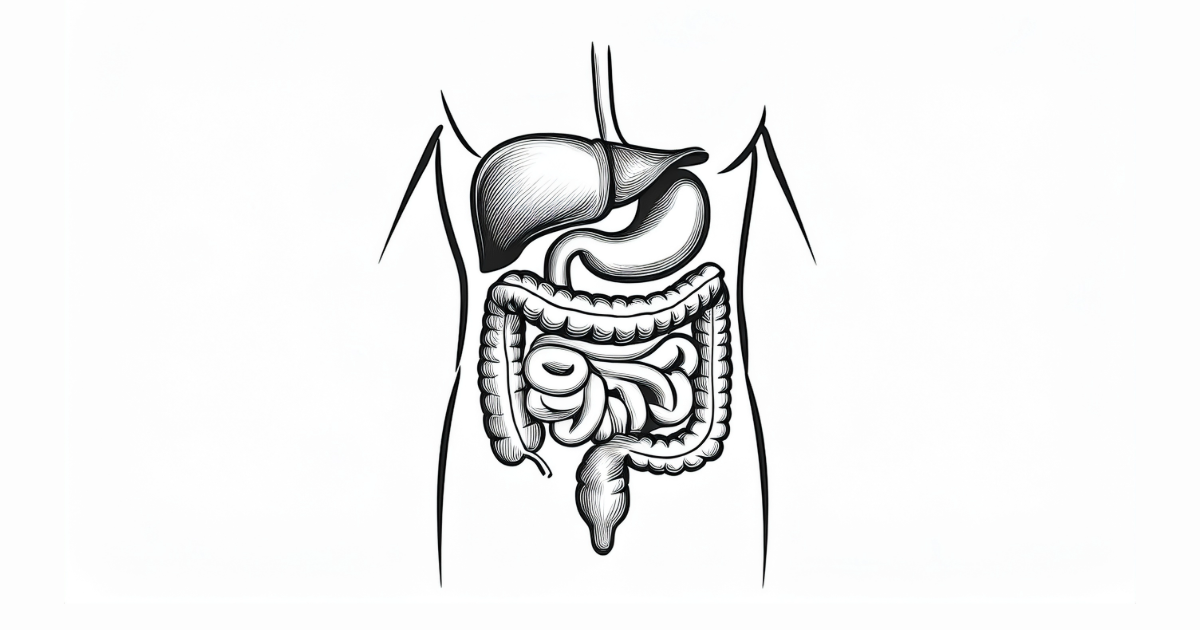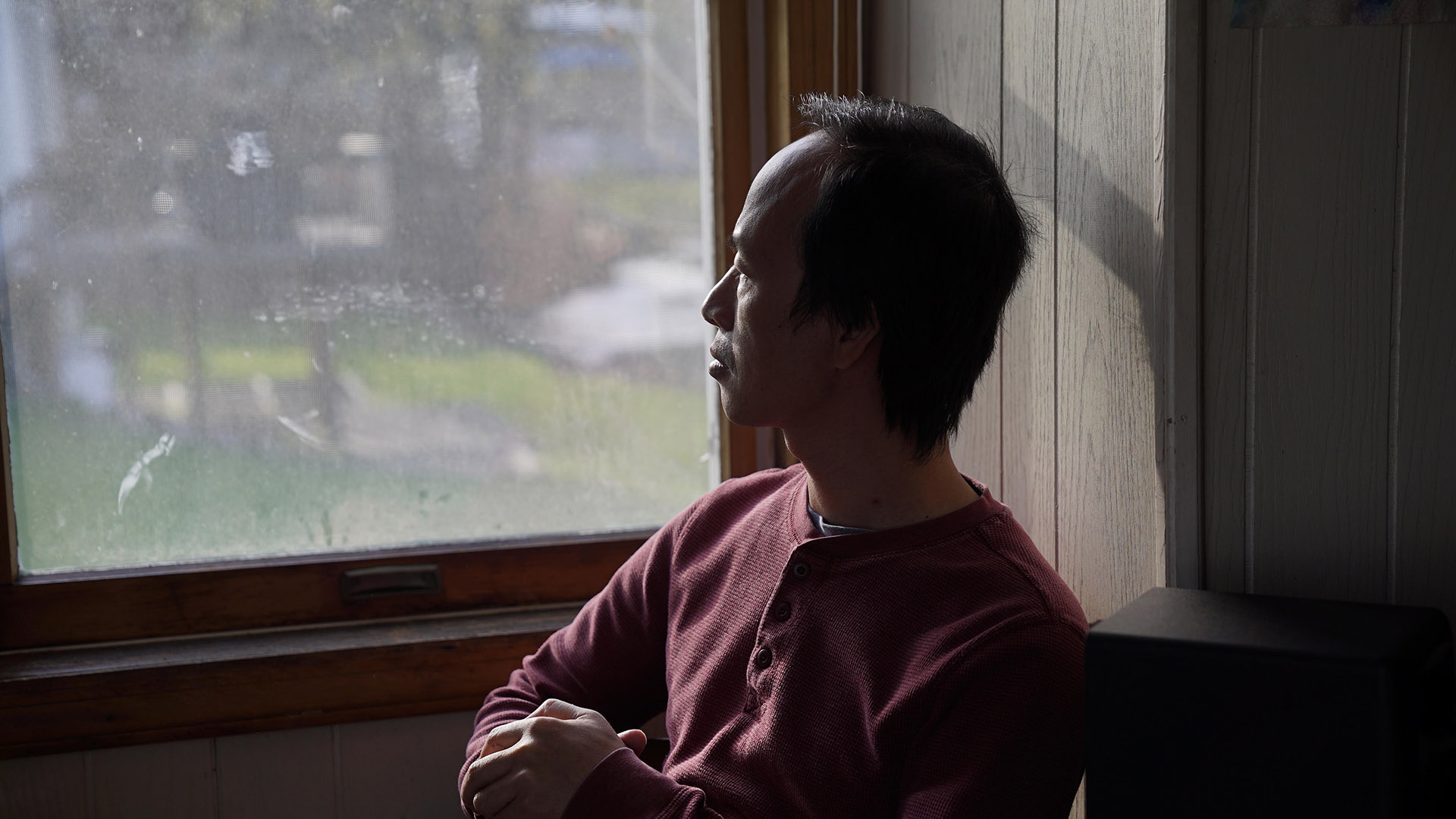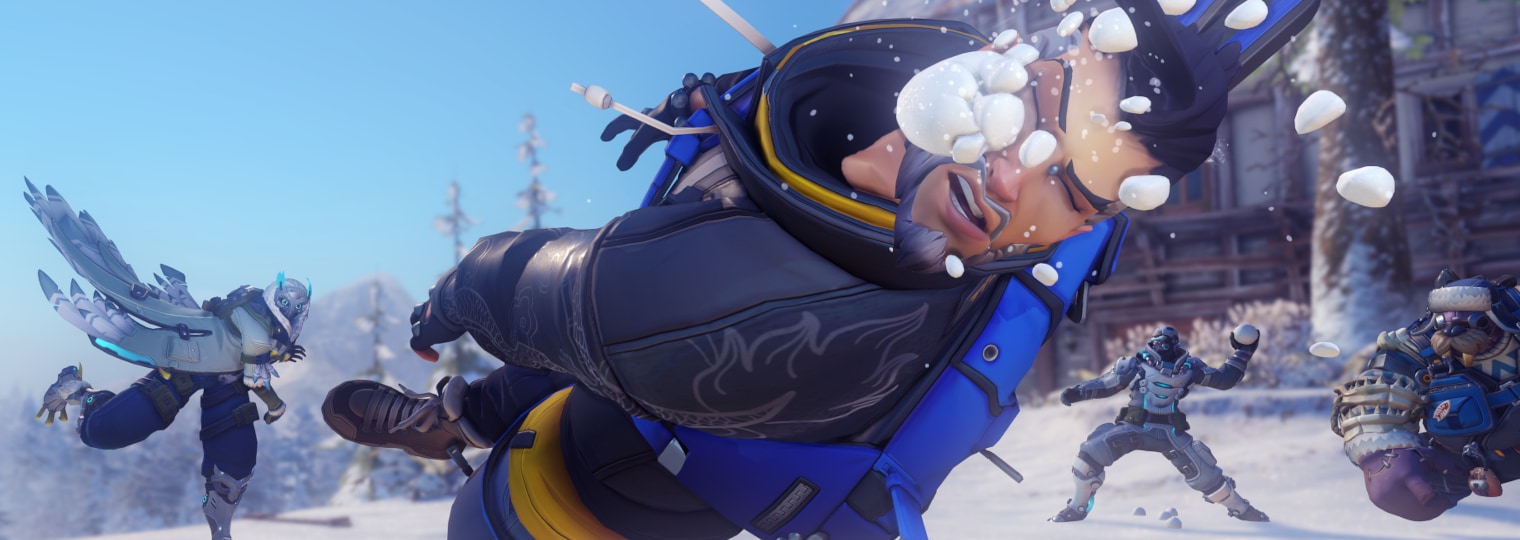Bell has worked on…
Blog
-

Brian Bell Bumped to Wide Receivers Coach
HOUSTON – University of Houston Football Head Coach Willie Fritz announced the promotion of Brian Bell to Wide Receivers Coach on Tuesday following two seasons as an Offensive Assistant working with the wide receivers.
Bell has worked on… -

FOLFIRINOX May Be Feasible in Select Elderly Patients With PDAC | Targeted Oncology
A new observational study in the Journal of Clinical Oncology – Oncology Practice provides real-world evidence demonstrating feasibility of 5-fluorouracil, leucovorin, oxaliplatin, and irinotecan (FOLFIRINOX; FFX) chemotherapy in carefully…
Continue Reading
-

A film festival silenced — and the global reach of China’s repression
When filmmakers started calling Zhu Rikun in late October to pull out of an independent Chinese film festival he was organizing in New York, he initially thought the problem could be solved by reshuffling the schedule.
Zhu soon…
Continue Reading
-

DendroTweaks, an interactive approach for unraveling dendritic dynamics
Single-cell modeling encompasses a diverse range of practices, from refining morphological data and optimizing biophysical properties to visualizing and analyzing neuronal dynamics. Over the years, numerous tools have been developed to aid…
Continue Reading
-

Springfield College Announces 2026 Athletic Hall of Fame Class
Springfield, Mass. – December 23, 2025 – Springfield College is excited to announce the 2026 Athletic…
Continue Reading
-

Esophaguys: How The New Update Takes Players to the Necks-Level
The Neckening Update is Here, and it’s Packed
I’m thrilled to share that Esophaguys v1.2: The Neckening Update is now live on Xbox. After a few months of listening to your feedback, squashing bugs, and polishing every pixel, we’ve put…
Continue Reading
-

2025 and Beyond — Overwatch 2 — Blizzard News
Greetings, gamers! This is Liz from the Community team, here to deliver you a special end-of-year edition of Weekly Recall. We’ll be looking back at the highlights of our newest blog series, how it reflects our communication priorities, and…
Continue Reading
-

The Best Chronograph Watches of 2025
More a complication than a category or style of watch per se, the chronograph still ranks high in brands’ portfolios. As the end of the year is fast approaching, it’s time for the MONOCHROME team to elect its…
Continue Reading
-
2nd T20I: Shafali Verma blitz powers Indian women to seven-wicket victory over Sri Lanka – Times of India
- 2nd T20I: Shafali Verma blitz powers Indian women to seven-wicket victory over Sri Lanka Times of India
- IND-W vs SL-W Cricket Scorecard, 2nd T20I at Visakhapatnam, December 23, 2025 ESPNcricinfo
- India Have Eyes On Women’s T20 World Cup, But The…
Continue Reading
-

The strange radiation-eating organisms found at Chernobyl
The Chernobyl tragedy was one of the most dreadful tragedies of all time. It happened when a routine test at the Chernobyl Nuclear Power Plant went horribly wrong. A massive explosion ripped through Reactor 4, spewing radioactive poison across…
Continue Reading